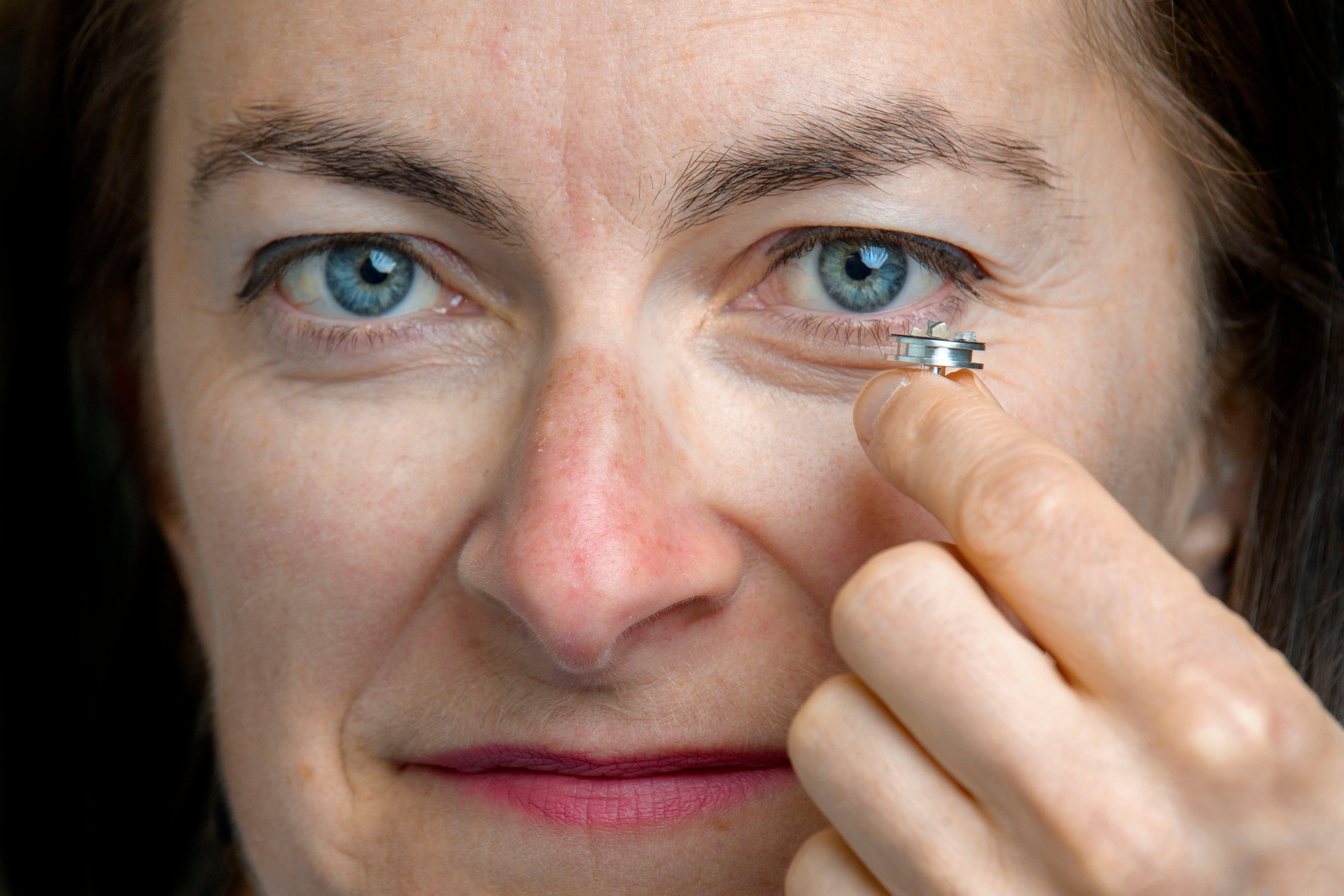Palaeontologists solve pterosaur feather mystery
The new findings shed light on the early evolutionary history of feathers.

Your support helps us to tell the story
From reproductive rights to climate change to Big Tech, The Independent is on the ground when the story is developing. Whether it's investigating the financials of Elon Musk's pro-Trump PAC or producing our latest documentary, 'The A Word', which shines a light on the American women fighting for reproductive rights, we know how important it is to parse out the facts from the messaging.
At such a critical moment in US history, we need reporters on the ground. Your donation allows us to keep sending journalists to speak to both sides of the story.
The Independent is trusted by Americans across the entire political spectrum. And unlike many other quality news outlets, we choose not to lock Americans out of our reporting and analysis with paywalls. We believe quality journalism should be available to everyone, paid for by those who can afford it.
Your support makes all the difference.Pterosaurs, the flying relatives of dinosaurs, had feathers and were able to control their colours, palaeontologists have discovered.
It had been known that pterosaurs had fluffy coats consisting of hair-like fibres, but whether these were true feathers had been debated.
The new study, based on analyses of a 115 million-year-old fossilised headcrest of the pterosaur Tupandactylus from Brazil, found two types of feather.
The bottom of the crest had a fuzzy rim of feathers, with short wiry hair-like feathers and fluffy branched ones.
Pterosaurs lived side by side with dinosaurs, 230 to 66 million years ago, and the new findings shed light on the early evolutionary history of feathers.
For decades palaeontologists have argued about whether pterosaurs had feathers. The feathers in our specimen close off that debate for good as they are very clearly branched all the way along their length, just like birds today
University College Cork (UCC) palaeontologist Dr Aude Cincotta said: “We didn’t expect to see this at all.
“For decades palaeontologists have argued about whether pterosaurs had feathers.
“The feathers in our specimen close off that debate for good as they are very clearly branched all the way along their length, just like birds today.”
With the soft tissue well preserved, the team were able to examine the fine detail of pigment-producing structures known as melanosomes.
Unexpectedly, they found the melanosomes in different feather types have different shapes.
Professor Maria McNamara, from UCC, said: “In birds today, feather colour is strongly linked to melanosome shape.
“Since the pterosaur feather types had different melanosome shapes, these animals must have had the genetic machinery to control the colours of their feathers.
“This feature is essential for colour patterning and shows that coloration was a critical feature of even the very earliest feathers.”
The findings also suggest that although these feathers may not have been used for flight, they might have been used as a form of visual communication.
The study, published in the journal Nature, was led by UCC palaeontologists Dr Cincotta and Prof McNamara and Dr Pascal Godefroit from the Royal Belgian Institute of Natural Sciences, with an international team of scientists from Brazil and Belgium.